Nemophila Menziesii Pennie Black pack of 25-30 seeds Imported
₹99.00
Out of stock
Email when stock available
SKU: NemophilaMenziesiiPennieBlack
Category: Winter Flower Seeds
Nemophila Menziesii Pennie Black from seed is a relatively straightforward process, but it does require attention to specific conditions to ensure successful germination and healthy plants. Nemophila, commonly known as baby blue eyes, is valued for its charming, delicate flowers. Here’s a detailed guide on how to grow Nemophila from seed:
1. Obtain High-Quality Seeds
- Purchase Nemophila seeds from a reputable source to ensure viability and quality.
2. Prepare the Seed Starting Mix
- Use a light, well-draining seed-starting mix. A blend of peat moss, vermiculite, and perlite works well. Avoid using garden soil as it can be too heavy and may harbor diseases.
3. Sow the Seeds
- Timing: Sow Nemophila seeds in early spring, about 6-8 weeks before the last expected frost. You can also sow them directly outdoors after the danger of frost has passed.
- Surface Sowing: Scatter the seeds evenly on the surface of the moist seed-starting mix. Lightly press the seeds into the soil, but do not cover them with a thick layer of soil, as they require light to germinate.
4. Provide Optimal Conditions
- Temperature: Maintain a temperature of around 65-70°F (18-21°C) for germination. Nemophila seeds typically germinate best within this range.
- Light: Place the seed trays in a bright location with indirect light or under grow lights. Seeds need light to germinate, so ensure they receive adequate exposure.
5. Maintain Moisture
- Watering: Keep the seed-starting mix consistently moist but not waterlogged. Use a misting bottle to water gently and avoid disturbing the seeds.
6. Germination Time
- Germination Period: Nemophila seeds usually germinate within 7-14 days. Be patient and continue to maintain the proper conditions.
7. Transplanting Seedlings
- When to Transplant: Once seedlings have developed their first set of true leaves and are sturdy enough to handle, they can be transplanted into larger pots or directly into the garden.
- Hardening Off: If transplanting outdoors, gradually acclimate seedlings to outdoor conditions by exposing them to increasing amounts of sunlight and outdoor temperatures over a period of 7-10 days.
| Color | Bicolor, Black |
|---|---|
| Growth Pattern | Up right Straight |
| Germination Level | Hard |
| Hybrid or Open Pollinated | Hybrid |
| Ideal location | Full sun |
| Origin Country | UK |
Be the first to review “Nemophila Menziesii Pennie Black pack of 25-30 seeds Imported” Cancel reply
You must be logged in to post a review.
FAQs
Which fertizlier to be used
In most flowering plants NPK can be used 19:19:19 if you want to use organic, then vermicompost or any organic decomposed manure is best for soil fertility
When to Transplant
Once seedling has 4 true leaf then cab be transplanted after Sunset without disturbing the roots
How to germinate from seeds
Fill pot 80% with soil and compost mix the top layer 20% spread cocopeat, then place seeds on top of cocopeat, then cover seeds with thin layer of cocopeat, Maintain moisture till germination
Related products
Summer Flower seeds
Gerbera Jamesonii California Giants mixed Color pack of 10 seeds Imported
₹150.00
Winter Flower Seeds
Phlox Twinkle Star Seeds flower Hybrid seeds pack of 40-50 seeds Open Pollinated
₹50.00



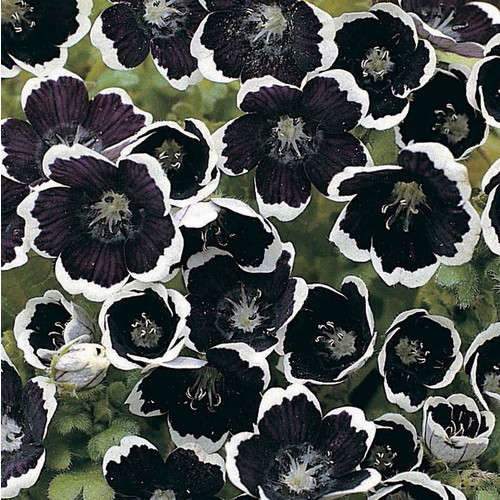

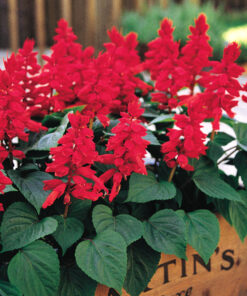


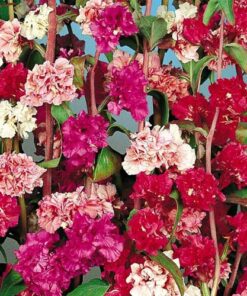
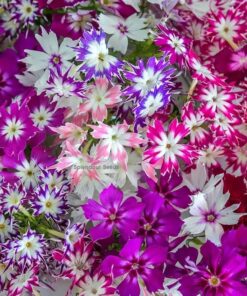
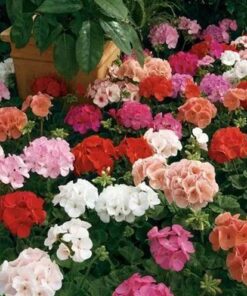
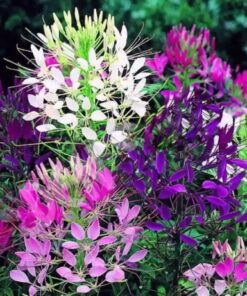
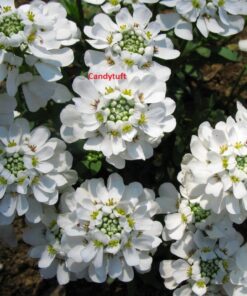
Reviews
There are no reviews yet.